In the realm of genetics, linkage and recombination stand as two pivotal mechanisms governing the transmission of genetic information, consistently capturing the attention of scientists. Their intertwined relationship has been a constant thread throughout the evolution of genetics. Linkage maintains the association between genes, ensuring the stable inheritance of genetic material. Conversely, recombination disrupts these linkages, fostering the reshuffling of genes and thus offering boundless possibilities for genetic diversity and biological evolution. While each mechanism possesses distinct characteristics, they are inextricably linked, jointly preserving both the stability and diversity of biological inheritance.
This article delves into the definitions, fundamental differences, historical context, scientific significance, and profound impacts of linkage and recombination within the field of genetics.
Comparative Analysis of Linkage and Recombination
Comparison of Molecular Mechanisms
The molecular mechanism of linkage primarily hinges on the physical proximity of genes on a chromosome. During cell division, homologous chromosomes pair up and undergo crossing over, yet genes situated on the same chromosome tend to remain linked due to their physical closeness. This linkage ensures the stable transmission of genetic information but simultaneously restricts the reshuffling of genes. In contrast, the molecular mechanism of recombination is far more intricate. It encompasses multiple processes, including DNA strand breakage, rejoining, and crossing over between non-sister chromatids of homologous chromosomes. These molecular mechanisms collectively enable the reshuffling of genes, thereby enriching genetic diversity.
Comparison of Genetic Principles
The principle of linkage genetics is predominantly characterized by the co-segregation of linked genes. When passed on to offspring, genes located on the same chromosome tend to maintain their linkage, being inherited together. This linkage not only influences gene expression and genetic effects but also provides crucial clues for the diagnosis and prevention of genetic disorders. On the other hand, the principle of recombination genetics is more complex and dynamic. It involves aspects such as recombination frequency between genes, recombination hotspots, and the impact of recombination on genetic diversity. Research into these genetic principles not only deepens our understanding of the molecular mechanisms underlying linkage and recombination but also provides a theoretical foundation and practical guidance for genetic breeding and disease treatment.
Comparison of Genetic Significance
Linkage and recombination hold distinct significance in genetics. Linkage, as a safeguard for the stable transmission of genetic information, plays a vital role in maintaining genetic stability within biological populations. It ensures the retention and transmission of beneficial genes, thereby promoting biological adaptability and evolution. On the other hand, recombination serves as a wellspring of genetic diversity, providing continuous impetus for biological evolution. By disrupting gene linkages, recombination generates new gene combinations, enriching genetic diversity. This diversity not only enhances biological adaptability and survival capabilities but also offers numerous possibilities and directions for biological evolution.
|
Linkage |
Recombination |
| Molecular Mechanism |
- Depends on homologous chromosome pairing and crossing-over, genes inherited together |
- Involves HR and NHEJ, with potential for mutation introduction |
| Genetic Law |
Recombination rate correlates with genetic distance |
- Non-uniform recombination frequency across genome |
| Genetic Significance |
- Maintains genetic stability |
- Drives genetic diversity and evolution |
Interplay and Balance of Genetic Linkage and Recombination
 The dialectical relationship between linkage and recombination
The dialectical relationship between linkage and recombination
Synergistic Interaction
In genetics, linkage and recombination do not exist in isolation but rather in a dialectical relationship of interdependence and mutual constraint. On one hand, linkage provides the foundation for recombination. Without the existence of linkage, recombination would lose its significance because recombination involves the reshuffling of genes based on the existing linkage relationships, relying on the integrity and stability of the chromosomal physical structure. On the other hand, recombination breaks the limitations imposed by linkage, creating conditions for the free combination of genes. Through recombination, the linkage relationships between genes are disrupted, leading to the generation of new gene combinations and enhancing genetic diversity. This synergistic interaction not only reveals the mutual influence and interplay between linkage and recombination in genetics but also underscores their crucial roles in biological evolution.
Advantages of Linkage
Linkage offers unique benefits in genetics. By constructing and analyzing linkage maps, scientists can pinpoint the exact chromosomal locations of specific genes, thereby uncovering associations between genes and genetic disorders. This linkage analysis approach has been widely applied in the diagnosis and prevention of genetic diseases. For instance, Huntington's disease is a classic example of a genetic disorder linked to a specific region. Through linkage analysis, scientists have successfully located the position of the CAG repeat sequence responsible for the disease, providing crucial insights for its diagnosis and treatment. Moreover, linkage maps are invaluable tools in breeding programs. By selecting genotypes with desirable traits and constructing linkage maps, scientists can develop new crop varieties that are high-yielding, high-quality, and resilient to environmental stresses, thus providing robust support for agricultural production.
Challenges of Recombination
While recombination fuels biological evolution, it also presents certain challenges. On one hand, recombination breaks the constraints of linkage, enabling the reshuffling of genes. However, this reshuffling is not always beneficial. It can sometimes lead to conflicts and incompatibilities between genes, disrupting the normal physiological functions and adaptability of organisms. On the other hand, recombination can also result in the loss and mutation of genetic information. During the recombination process, DNA strand breakage and rejoining may trigger gene mutations or chromosomal structural abnormalities, posing potential threats to the genetic stability and survival of organisms. Therefore, when utilizing recombination for genetic breeding and disease treatment, it is essential to carefully evaluate its potential risks and benefits.
Services you may interested in
The Dialectical Applications of Linkage and Recombination
Linkage and recombination, as two cornerstones of genetics, hold extensive application value in both medical and agricultural fields. They not only provide crucial clues and theoretical foundations for the diagnosis and treatment of genetic diseases but also offer robust support for the genetic improvement and breeding of crops.
In the medical field, linkage analysis has emerged as a vital tool for diagnosing genetic disorders. By constructing linkage maps and pinpointing the locations of disease-causing genes on chromosomes, scientists can furnish significant insights and theoretical bases for the diagnosis and treatment of genetic diseases. Iossifov and colleagues, focusing on the genetic architecture of complex genetic disorders, investigated the genetic underpinnings of complex traits through a combination of gene linkage analysis and genome-wide association studies (GWAS). Utilizing data on height and body mass index (BMI) from 119,000 sibling pairs, they demonstrated the co-localization of linkage signals with loci identified by GWAS. They discovered that genome-wide linkage test statistics exhibited inflation, GWAS results could predict linkage signals, and these signals were significantly attenuated after adjusting for polygenic scores of phenotypes. Moreover, they developed an unbiased method for estimating heritability based on recombination rate stratification and identity-by-descent sharing among siblings, yielding heritability estimates of 0.76±0.05 for height and 0.55±0.07 for BMI. These findings suggest that a substantial portion of the unexplained heritability identified by GWAS is polygenic and enriched near these loci. The study unveiled the widespread distribution of heritability for complex traits across the genome and underscored the pivotal role of polygenicity in the genetic regulation of complex traits.
 Applications of gene linkage in human diseases (Iossifov et al., 2008)
Applications of gene linkage in human diseases (Iossifov et al., 2008)
Zhang and colleagues utilized genome-wide association studies (GWAS) and differential allele expression (DAE) analysis to identify multiple risk loci associated with breast cancer, along with their candidate causal variants and target genes. The study commenced with DAE analysis in normal breast tissue samples to pinpoint genetic variations (daeQTLs) linked to differences in gene expression levels. Subsequently, these daeQTLs were integrated with GWAS findings to identify potential causal variants and their target genes.The research unveiled widespread DAE phenomena in normal breast tissue, identifying 54,357 daeQTLs involving 6,761 genes. Through integrated analysis, candidate causal variants and their target genes were identified for 93 breast cancer risk loci. Furthermore, in-depth functional analysis of the 5q14.1–14.2 locus proposed four potential causal regulatory variants, which influence the expression of the ATG10 and ATP6AP1L genes through distinct allele-specific mechanisms.
 Applications of gene linkage in breast cancer (Zhang et al., 2020)
Applications of gene linkage in breast cancer (Zhang et al., 2020)
Chen and colleagues focused on Pseudomonas aeruginosa, employing gene recombination techniques to precisely insert transposons into targeted genomic loci using a CRISPR/Cas12k-guided transposase system. This approach enabled the construction of a transcription factor (TF) mutant library. Through this gene recombination-based strategy, they identified genes and pathways associated with antibiotic resistance in P. aeruginosa.By screening the TF mutant library, they discovered that rccR (PA5438) serves as a major genetic determinant of resistance to aminoglycoside antibiotics in P. aeruginosa. Its absence significantly enhances bacterial resistance. Furthermore, the study unveiled RccR's inhibitory role in pyruvate metabolism and the glyoxylate shunt pathway, revealing that overexpressing the aceA or glcB genes could bolster bacterial resistance.The findings indicate that 2-keto-3-deoxy-6-phosphogluconate (KDPG) is the signaling molecule that directly binds to RccR, with structural analysis elucidating the detailed interaction mechanism. Replacing key residues R152, K270, or R277 with alanine abolishes RccR's ability to sense KDPG and impairs bacterial growth when glycerol or glucose is the sole carbon source.
 Research on recombinant technologies in the field of drug resistance (Chen et al., 2021)
Research on recombinant technologies in the field of drug resistance (Chen et al., 2021)
Yao and colleagues conducted research using mouse embryonic stem cells, human induced pluripotent stem cells (hiPSCs), and mouse zygotes, employing gene recombination techniques to achieve efficient gene knock-in via the CRISPR/Cas9 system. In their study, specific sgRNAs were used to guide the Cas9 enzyme to cut the target DNA, creating double-strand breaks (DSBs). Then, through the homology-directed repair (HDR) mechanism, exogenous genes were inserted into the target sites.To boost HDR efficiency, the researchers applied a brief cold shock method, culturing the cells or embryos at 30°C for a period before returning them to 37°C. The experimental results showed that cold shock significantly enhanced the CRISPR/Cas9-mediated gene knock-in efficiency in both mouse and human cells without affecting normal cell or embryo development. In human iPSCs, cold shock increased HDR efficiency by 28% and the HDR/NHEJ ratio by 1.7-fold. In mouse embryos, it led to an average 1.9-fold increase in HDR efficiency, also without impairing embryo development.Moreover, by targeting the tyrosinase gene (Tyr) to correct the R77L mutation responsible for albinism, they demonstrated that embryo culture under cold shock conditions is compatible with normal mouse development. This simple, chemical-free approach offers a new strategy for improving gene knock-in efficiency, potentially reducing the production costs of genetically engineered mouse models and providing fresh insights into the application of gene recombination technologies in gene therapy and genetic engineering.
 Targeted integration in mouse embryos mediated by gene recombination (Yao et al., 2018)
Targeted integration in mouse embryos mediated by gene recombination (Yao et al., 2018)
Conclusions and Prospects
The dialectical relationship between linkage and recombination unveils the complexity and ingenuity of genetic systems. As two core concepts in genetics, they jointly form the cornerstone of the transmission and evolution of biological genetic information. The synergistic effects and contradictory tensions between linkage and recombination not only provide rich materials and profound insights for the development of genetic theories but also offer crucial support for research in related disciplines such as evolutionary biology and population genetics. By delving into the molecular mechanisms, genetic laws, and evolutionary significance of linkage and recombination, we can gain a more comprehensive understanding of the nature and operational principles of biological genetic systems.
Looking ahead, research on linkage and recombination will delve deeper into areas such as cross-species comparisons and synthetic biology. Through cross-species comparative studies, we can uncover the evolutionary conservation and species-specificity of linkage and recombination across different species, thereby gaining a more holistic understanding of the diversity and complexity of biological genetic systems. Meanwhile, synthetic biology offers the possibility of artificially designing linkage-recombination modules. By optimizing metabolic pathways and gene expression regulatory networks, we can create novel biological systems or products with specific functions. These future research directions will not only propel the further development of genetics and related disciplines but also provide robust support for the sustainable development of human society and the innovative applications of biotechnology.
References
- Iossifov I, Zheng T, Baron M, Gilliam TC, Rzhetsky A. "Genetic-linkage mapping of complex hereditary disorders to a whole-genome molecular-interaction network." Genome Res. 2008;18(7):1150-62. https://doi.org/10.1101/gr.075622.107
- Zhang H, Ahearn TU, Lecarpentier J. "Genome-wide association study identifies 32 novel breast cancer susceptibility loci from overall and subtype-specific analyses." Nat Genet.2020;52(6):572-581. https://doi.org/10.1038/s41588-020-0609-2
- Chen W, Ren ZH, Tang N, Chai G, Zhang H, Zhang Y, Ma J, Wu Z, Shen X, Huang X, Luo GZ, Ji Q. "Targeted genetic screening in bacteria with a Cas12k-guided transposase." Cell Rep.2021;36(9):109635. https://doi.org/10.1016/j.celrep.2021.109635
- ao X, Zhang M, Wang X, Ying W, Hu X, Dai P, Meng F, Shi L, Sun Y, Yao N, Zhong W, Li Y, Wu K, Li W, Chen ZJ, Yang H. "Tild-CRISPR Allows for Efficient and Precise Gene Knockin in Mouse and Human Cells." Dev Cell. 2018;45(4):526-536.e5. https://doi.org/10.1016/j.devcel.2018.04.021
For research purposes only, not intended for clinical diagnosis, treatment, or individual health assessments.

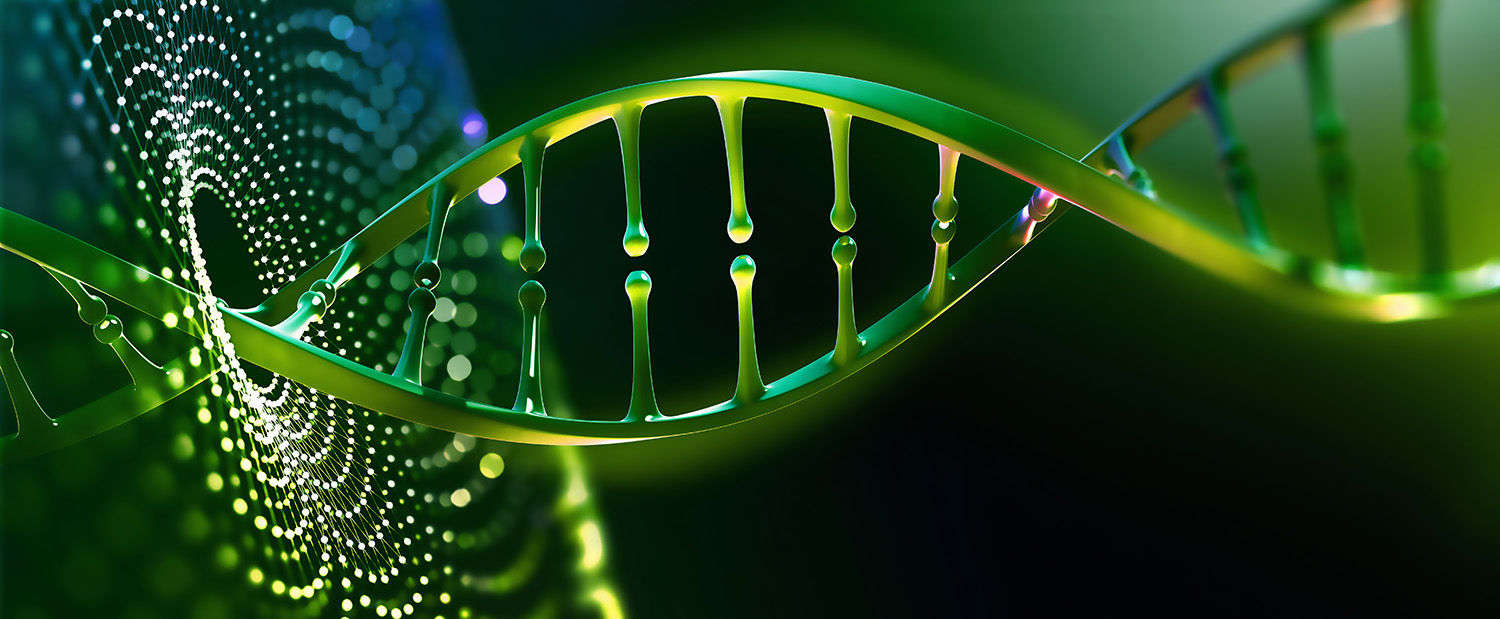
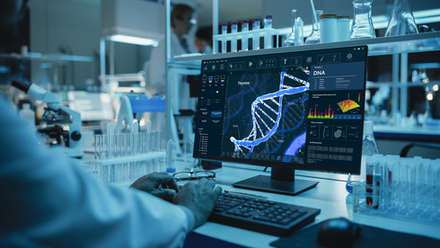

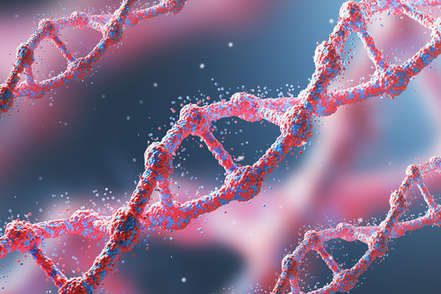
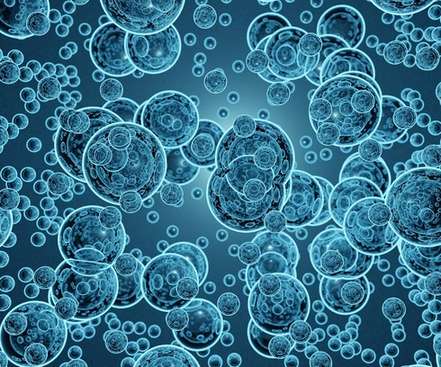
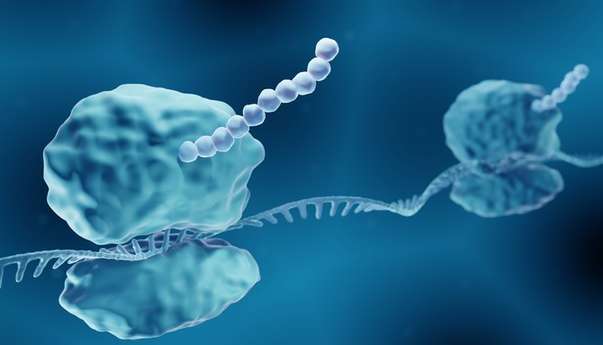
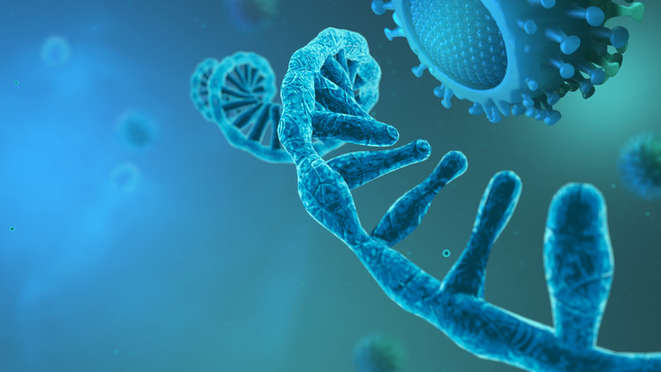
 The dialectical relationship between linkage and recombination
The dialectical relationship between linkage and recombination Applications of gene linkage in human diseases (Iossifov et al., 2008)
Applications of gene linkage in human diseases (Iossifov et al., 2008) Applications of gene linkage in breast cancer (Zhang et al., 2020)
Applications of gene linkage in breast cancer (Zhang et al., 2020) Research on recombinant technologies in the field of drug resistance (Chen et al., 2021)
Research on recombinant technologies in the field of drug resistance (Chen et al., 2021) Targeted integration in mouse embryos mediated by gene recombination (Yao et al., 2018)
Targeted integration in mouse embryos mediated by gene recombination (Yao et al., 2018)